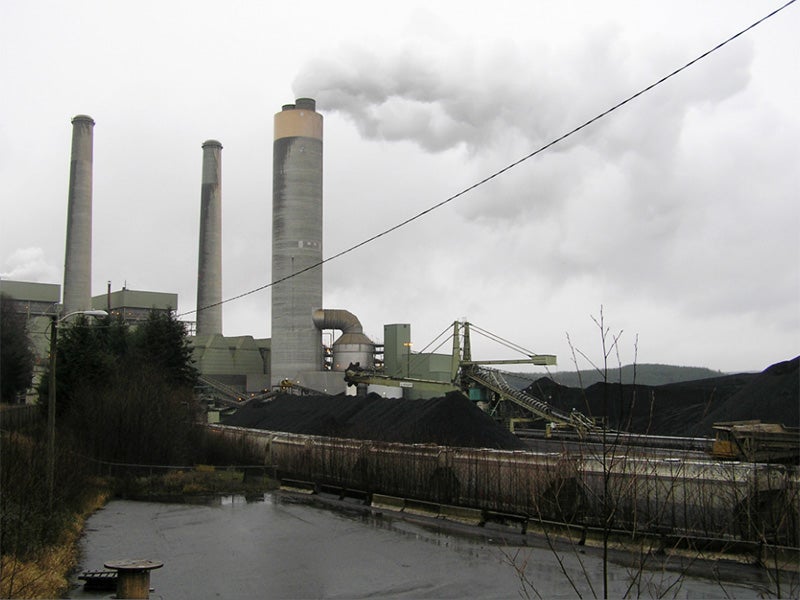Stopping the Transalta Coal Plant in Washington State
10% of Washington's total greenhouse gas emissions came from just this one coal plant. Additionally, the National Park Service estimates that the TransAlta plant cumulatively pollutes the air in more parks and wilderness areas than any other polluter in the entire United States.
Clients
Regional Office / Program
Case Overview
A subsidiary of TransAlta Corporation, a Canadian company, owns an old, dirty coal power plant in Centralia, Washington. The plant had never had to control mercury (a potent neurotoxin) or global warming pollutants. That made it the largest source of these pollutants in the state—10 percent of Washington’s total greenhouse gas emissions came from just this one coal plant.
The TransAlta coal plant also emits huge quantities of nitrogen oxides, which are causing haze pollution to dirty the air of what should be our most pristine areas: national parks and wilderness areas. The TransAlta plant degrades the air quality in Mt. Rainier, Olympic and North Cascades National Parks along with Goat Rocks and Mt. Adams wilderness areas, among others. The National Park Service estimates that the TransAlta plant cumulatively pollutes the air in more parks and wilderness areas than any other polluter in the entire United States. TransAlta fought to avoid adequate controls on its nitrogen oxides pollution, arguing that it didn’t want to spend the money.
Earthjustice filed several suits and air and water permit objections on behalf of a coalition of groups to clean up TransAlta once and for all. As a result of public pressure and the Earthjustice work, Washington’s Governor signed legislation in 2011 that will lead to phase out of the plant between 2020 and 2025.
Under the agreement, TransAlta will also provide $30 million to be invested in direct economic development and energy efficiency in the Centralia community, and an additional $25 million to be invested in clean energy technology development in Washington. TransAlta has also agreed to install controls at the plant to reduce haze pollution in regional national parks and wilderness areas while it is working toward shutting down the coal-burning units.

Case Updates
Case page created on October 1, 2009.